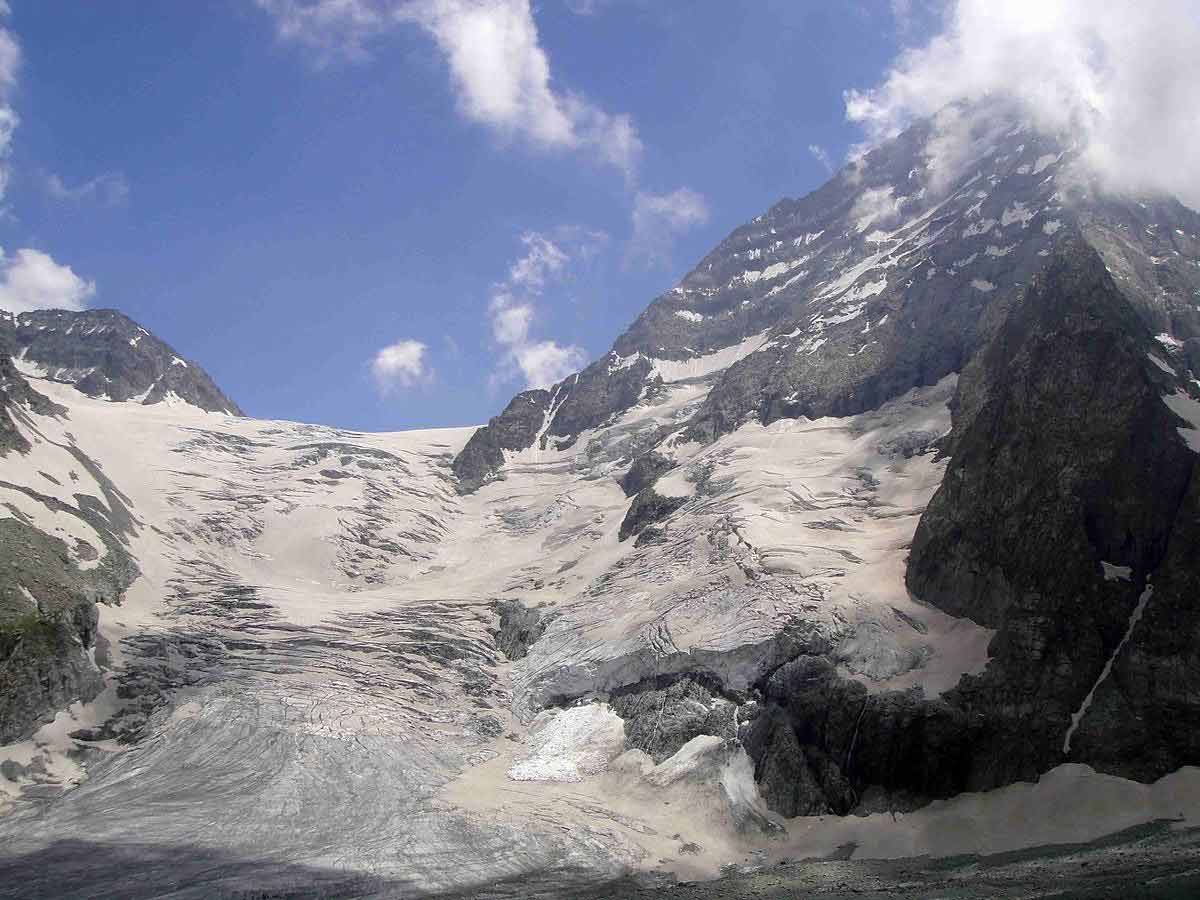The Kolahoi Glacier walk offers breathtaking views of the Kashmir Valley.
The highest glacier in Kashmir is the Kolahoi Glacier. You stroll alongside this magnificent work of nature.
The Kolahoi Pass Trek is a once-in-a-lifetime opportunity. It is a reflective trip that allows you to focus on yourself and relish moments of quiet and peace while also allowing you to rethink the majesty of nature.
The Kolahoi Glacier Trek is a typical Kashmir trek that takes you through lush green valleys, dark forest slopes irrigated by flowing streams, into an alpine meadow scene, and incredible Himalayan vistas all around. Kolahoi Glacier is a stunning valley glacier in the western Himalayas. The 5km-long hanging glacier is located directly below Kolahoi Mountain and above Lidder Valley. Because it is the only water supply for the Jhelum and Lidder Rivers, the glacier has been dubbed the “Goddess of Light” by the locals.
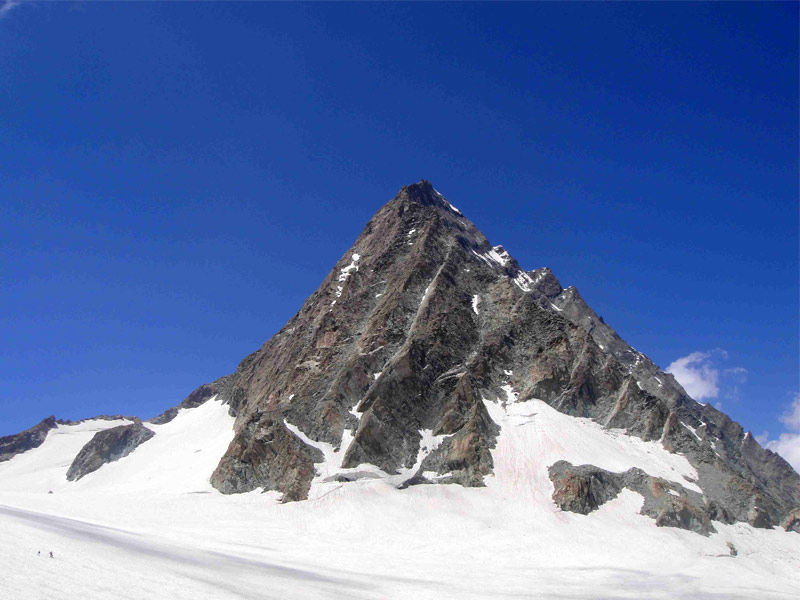
The road is dotted with beautiful waterfalls, small streams, and tranquil lakes. The Kolahoi Glacier Trek awaits your zeal and vigor, and it is a once-in-a-lifetime chance. This path passes through cottony skies, awe-inspiring lakes, and streams with rocks and gravels in their sluggish flow of water that you want to tread on right away.
Kolahoi Glacier is accessible by a short hike from Lidder Valley. The walk begins at Aru Valley, another gorgeous site in Kashmir. Along the way, you’ll see gorgeous pine forests, meadows blooming with wildflowers, rushing rivers, and snow-capped summits. It is a cross-country trip from Sind Valley to Lidder Valley through Basmai Pass (4300m). The trip takes you across high-altitude alpine lakes at the slopes of Mount Kolahoi (5425m), Kashmir’s highest mountain peak. The road is dotted with beautiful waterfalls, little and big streams, and tranquil lakes. The tranquillity and beauty of Dudhsar Lake enthrall!
Kolahoi Glacier is roughly 5 km long and flows from the northwest of a 35-kilometer-long neve field. The field at one end of this neve is in the north-eastern cirque of Kolahoi Horn. This neve field also serves as a water source for three additional glaciers. The easternmost of them runs north, and its meltwater falls into the Sind River. The other two end within the hanging valley glaciers that run along the eastern face of the Kolahoi glacier. The Cirque on Kolahoi Horn’s northwestern face supplies a hanging valley glacier that falls along the southern valley wall. In contrast, the Cirque on Kolahoi Horn’s southern face feeds a glacier that melts before it descends to the Aru Valley.
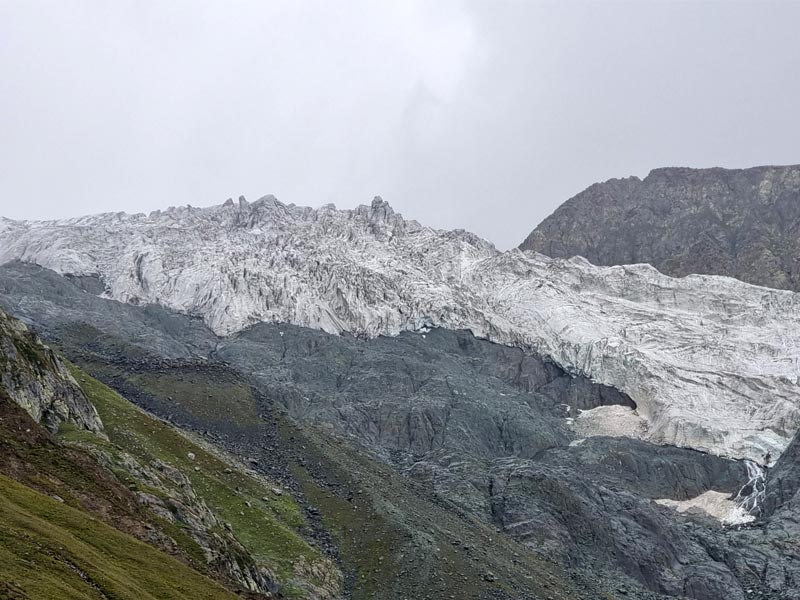
The Itinerary of Kolahoi Glacier Trek
Day 1: Aru – Liddervat
Lidderwat is a valley located 11 kilometers from Aru. The moderate yet steep climb towards the Lidderwat valley begins as soon as the sun rises. You will cover a distance of 10km in 6 hours while strolling among the fir trees and learning about the Gujjar way of life. The path to Lidderwat begins directly outside the hamlet, following the Lidder River’s flow. Walking through the vast agricultural fence, you may get a bird’s-eye view of the whole Aru town. Half an hour later, as you go farther into the dense clump of fir trees, you will come upon a piece of clearing known as Dalla.
Once you’ve passed through the clearing, the hard ascent will transform into a lovely stroll into Nandkei, where you’ll see Gujjar villages in every corner of the valley. After crossing the Nandkei, the route splits into two sections. You will walk down the wooden bridge and view the Gujjar cottages, indicating your arrival in Lidderwat.
As you approach the Lidderwat valley, take some time to appreciate the beauty of the streams running through the meadows and pick a spot to pitch up a tent for the night.
Day 2: Liddervat – Satlangan
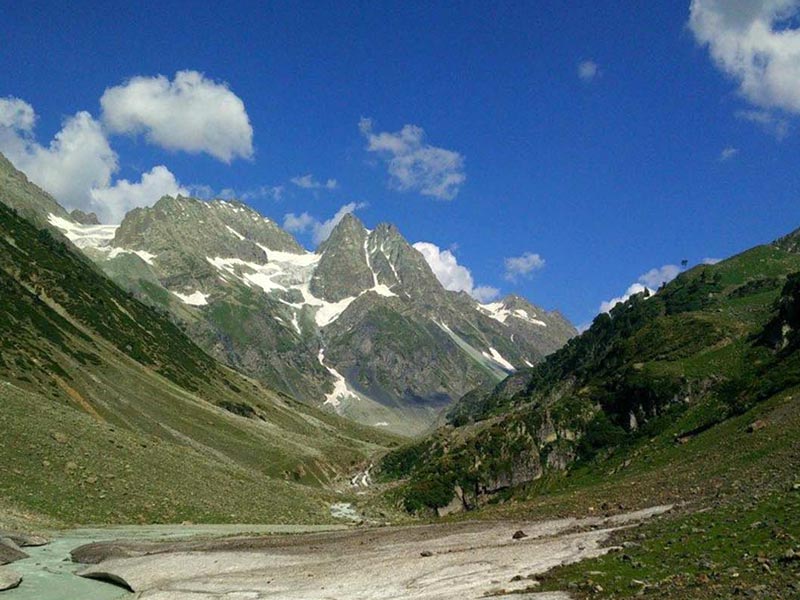
The second day’s journey is a little more difficult. You stroll by the white-as-milk Dudhsar creek. The entire path is patched with pebbles and gravel, so you must tread cautiously throughout this section of the journey. Mountains tower over you on all sides as you stroll down the stream, and you walk where they meet on the earth. In contrast to the walk to Lidderwat, you will see thick coniferous trees and a flowing stream with crystal white water that rushes amidst the rocks. Susrin, which is just half a kilometer from Satlangan, is one of the most conspicuous stops along the trip. After taking in the scenery, you’ll trek another 1km to reach the Chainbal waterfall.
Because of the height from which it falls, the waterfall appears to emerge from the sky. It is a straight path to Dudhsar Lake after various ascents. After passing through lush forests and trekking through gorgeous meadows, you will arrive in Dudhsar Lake, which is nestled between grass-covered mountains with patches of snow. The tranquillity and beauty of Dudhsar Lake enthrall.
Also Read, Brahmatal Trek: The Beautiful Enigma at 12000 ft High
Day 3: Satlangan – Kolahoi Glacier and Back
You’ll wake up to a beautiful morning after spending the night on the banks of Dudhsar Lake. Enjoy the first rays of sunlight with a nice breakfast before setting off on your hike to the Kolahoi Glacier. You will stroll down the valley to visit the major highlight of the journey, the Kolahoi glacier. As you descend 1.5km from the valley’s crest, you will be rewarded with a breathtaking view of the Kolahoi Glacier or the Crevasse, which feeds the Jhelum and Lidder Rivers. The glacier vista is breathtaking, but don’t chance to step on the glacier because it can be dangerous. The insides of the glacier have grown hollow with time, and it is possible to walk on the thin layer of ice by accident.
The hikers would benefit from a clear sky. You could load your reel with breathtakingly gorgeous photos that would endure a year on Instagram and in your memories forever. On the journey, you’d pass by shepherds now and again. Trekkers return to Satlangan and camp for the night after spending some time at this location.

Day 4: Satlangan – Liddervat
Return to Liddervat. There are mild ascents that are barely visible. The hike route you’ll take today is lined with white streams and alpine trees. Coniferous forests surround you at times, while at other times, you marvel at the many colors of green surrounding you. Walk at your pace, taking in as much beauty as you can. The campground is located in the same meadows as before.
Day 5: Liddervat – Aru
As this is the final day of the hike, walk at your leisure. You’ll be driving through beautiful meadows on broad plains and streams bursting through rocky boulders. Take a few stops along the route as you walk down from the height of 2492ft, admiring the scenic view of the crystal blue water. To get to the lovely Aru, following the Lidder river. You may either stay in Aru for another day to enjoy the scenery or go on to Pahalgam.
Who is the journey intended for?
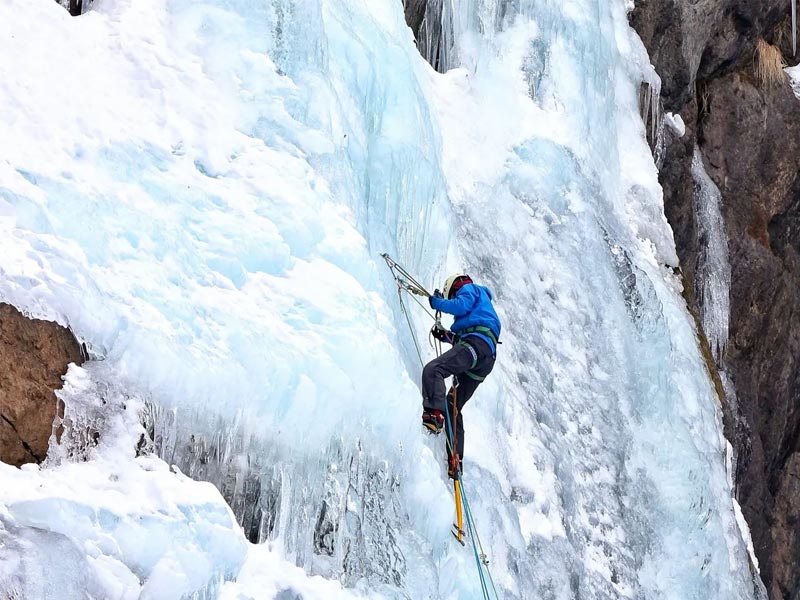
Do you want to journey through a landscape of tall trees, flower-bedecked meadows, and beautiful high-altitude lakes with snow-capped peaks as a backdrop? All of these and more can be found on the Kolahoi Glacier walk. You get to camp close to an alpine lake and gaze out at a historic valley glacier. This is one of Kashmir’s top “short hikes.” It is an excellent introduction to trekking in Kashmir.
What are the potential dangers?
The Kolahoi Glacier has lost half of its bulk during the last three decades. This retreading glacier’s inside have been hallowed out. It is stated that a strong cracking sound could be heard from either side of the glacier, which is a major warning. It is strongly advised that you see the glacier from a safe distance. Walking on the valley glacier is extremely risky and should not be attempted.
There are no challenging portions on the path to Kolahoi Glacier that demand special abilities. The terrain is uneven but not physically taxing for individuals who have followed the prescribed training regimen. However, some hikers are concerned about the safety of hiking in Kashmir. As unstable as the state appears, trekking in the Kashmir valley is pretty safe as long as you are cautious and know where to go.

How should You prepare for the trek?
Begin your workout regimen gradually. Before embarking on the walk, you must be in good physical shape. On the fifth day of your walk, a rough stretch requires trekking shoes with strong traction. Expect sporadic rain on your journey, and bring a poncho and bag cover to avoid getting wet.





















